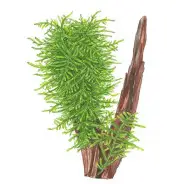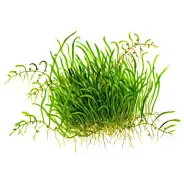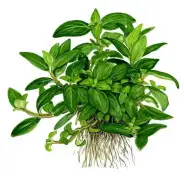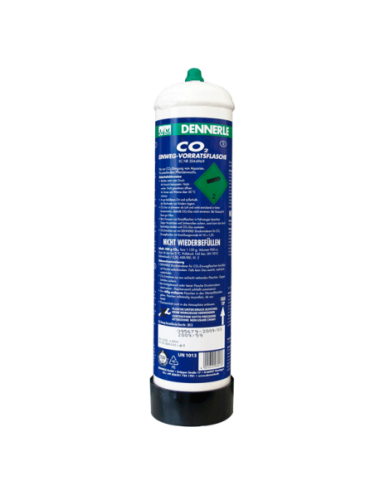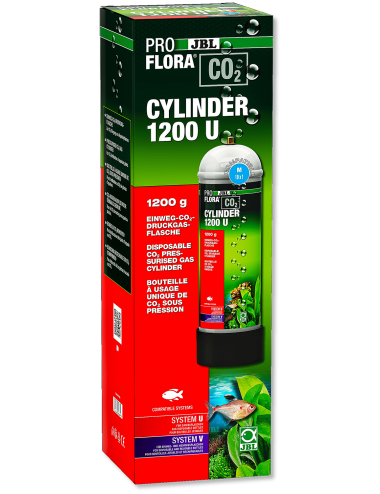- On sale!
- -€2.00
- -€2.00
- 3 in stock
CO2 bottles for freshwater aquarium
- -€4.00
- -€4.00
- 3 in stock
- 1 in stock
- 3 in stock
- 2 in stock
- -11.12%
- -11.12%
- 9 in stock
- -€10.00
- -€10.00
- Sold out
- -€3.00
- -€3.00
- 4 in stock
- -10%
- -10%
- 4 in stock
- 2 in stock
- On sale!
- 1 in stock
In a planted aquarium, CO2 is the secret fuel for lush landscapes. By supplying this pressurized gas, we replicate the richness of natural rivers: plants absorb nutrients faster, intensify their pigments, and deprive algae of a habitat. The Zoanthus store has assembled a complete range of cylinders adapted to every size, from desktop nano-sized tanks to XXL tanks.
Why inject CO₂ into a planted aquarium?
Leaves submerged in water only have access to a small amount of atmospheric CO₂. A controlled supply increases photosynthesis , which results in:
- denser growth, ideal for Dutch hardscape or competing aquascaping tanks;
- more vivid colors, especially on the often capricious red plants;
- a slightly lowered pH which benefits species from South America or Asia;
- fewer filamentous algae, defeated by nutrient competition.
In short, a CO₂ bottle transforms an ordinary aquarium into a veritable underwater forest.
The different types of CO₂ cylinders for aquariums
Disposable bottles: practical and ready to use
Ultra simple: screw on, diffuse, recycle. The cartridge is pre-pressurized; no refills required. For supplemental tanks or beginner aquarists, it's a no-brainer. Small budget, great flexibility . The essentials:
- Dennerle disposable CO2 bottle
- JBL Aquarium disposable CO2 bottle
- Tetra disposable CO2 bottle
- Tropica disposable CO2 bottle
Refillable bottles: economical in the long term
A single purchase for years of service. The steel casing withstands dozens of refills, and each refill costs a fraction of the price of a new cartridge. They're ideal for CO₂-intensive bins or for everyday use. Their robustness, several months of battery life, and reduced environmental footprint are the hallmarks of their success.
Bottles with integrated regulator
The factory-installed pressure regulator prevents leaks and screwing errors—perfect for beginners or those short on time. Pressure adjustment is achieved with a simple turn of a dial, without the need for additional tools.
CO₂ bottles for nano aquariums
Small volumes require light diffusion to avoid overdosing: mini bottles (50 to 95 g) deliver a very fine flow, ideal for cubes of 10 to 40 L. Their compact size can be easily hidden behind a root or in an office cabinet.
How to choose the right CO₂ bottle?
The right size depends on three criteria: tank size, plant density, and diffusion frequency. A heavily planted tank often uses 0.8 g of CO₂/L per month . Need help? Zoanthus offers a range of CO2 accessories (precise regulators, bubble counters, check valves) to fine-tune the dosage.
Use and maintenance of a CO₂ cylinder
Screw the regulator flat, test the seal with soapy water, then adjust the bubble counter. At night, it is essential to turn off the gas to avoid a free-falling pH: solenoid valve on the programmer or connection to a pH controller. When the pressure drops below 30 bars, schedule a recharge or exchange. Complete CO2 kits include everything needed for secure installation.
Questions / Réponses
Point de départ : 10 bulles/min pour 100 L. Après 24 h, on mesure soit le CO₂ dissous (drop-checker vert clair), soit le pH. Ajustez ensuite de ±5 bulles jusqu’à la zone cible.
La jetable se change comme une cartouche de soda : idéale pour un usage saisonnier ou ponctuel. La rechargeable, plus lourde mais pérenne, se remplit à l’infini et fait baisser le coût au kilo de gaz.
It's possible, but you'll have to turn off the tap every night. A solenoid valve, connected to the lighting timer or a pH controller, prevents forgetfulness and keeps wildlife safe.

